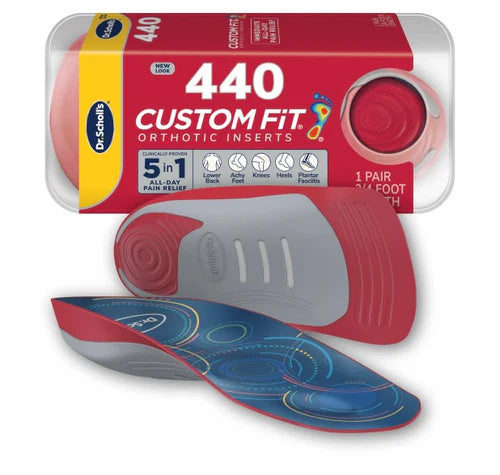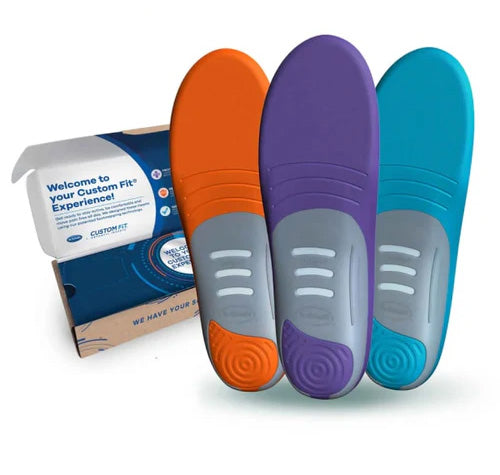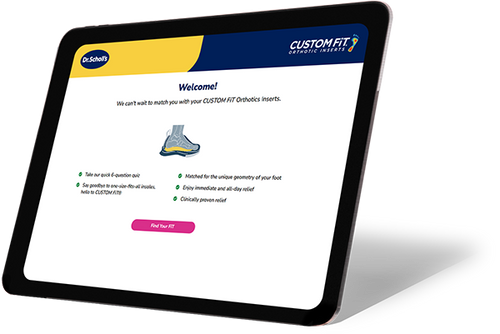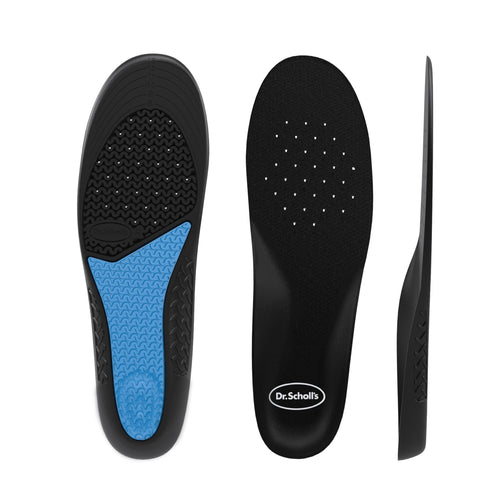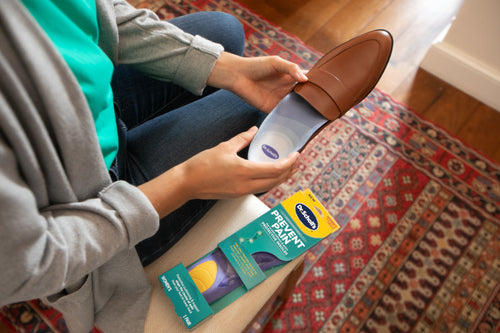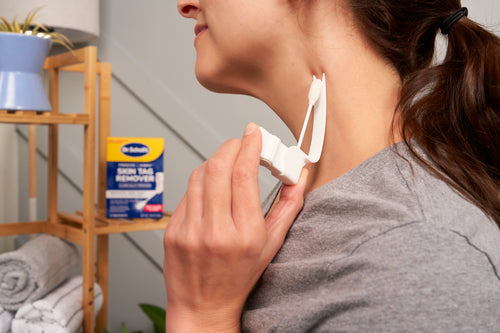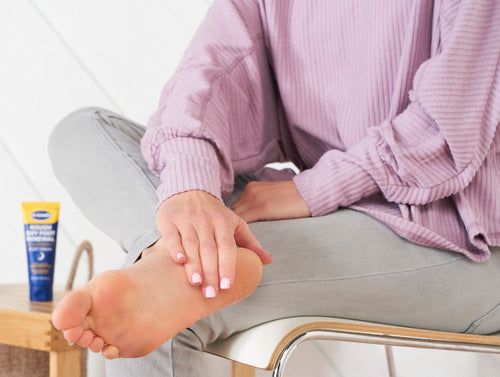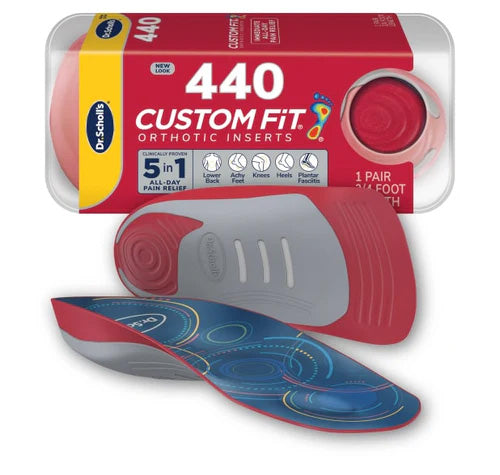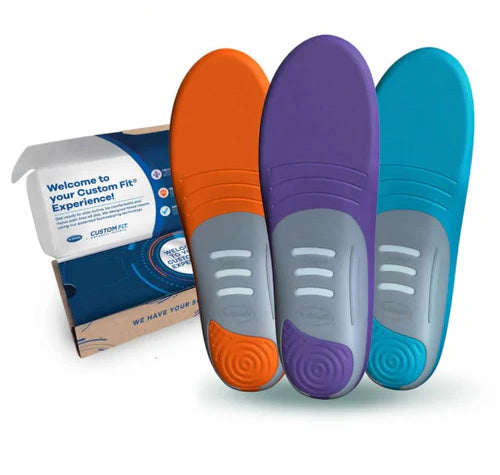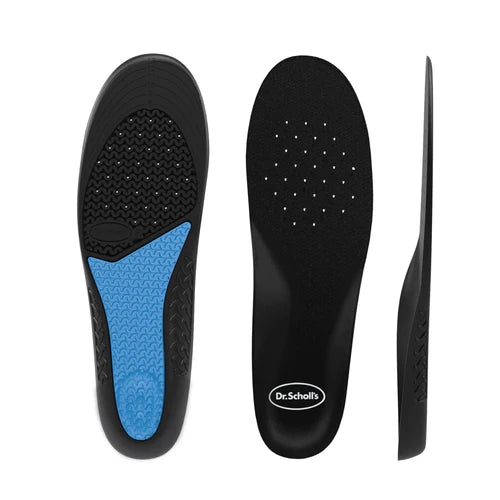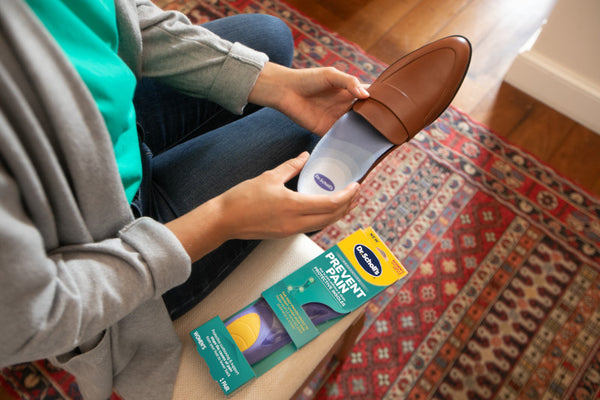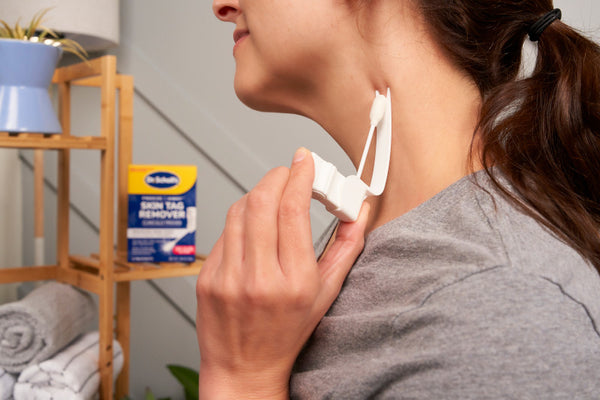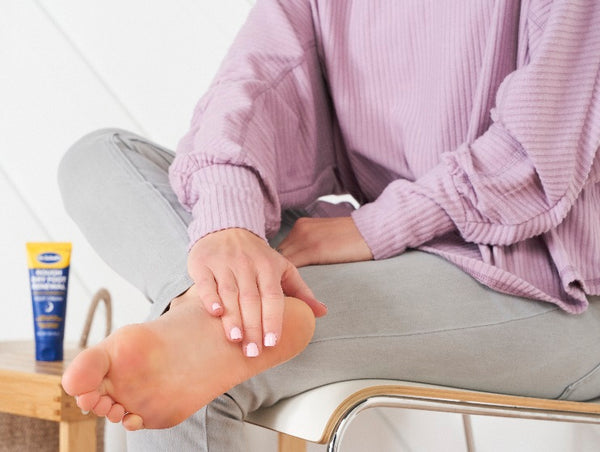If you’re trying to get rid of a callus on the foot, it’s best to focus on reducing it little by little while also minimizing the issue that caused the callus in the first place. Regular maintenance and prevention steps are the most effective way to get rid of calluses on the foot.
Calluses form on the foot primarily due to friction and pressure. Follow these steps to alleviate friction and get rid of calluses on the bottom of the foot:
- Always wear properly fitted shoes to reduce the friction that can lead to calluses. Avoid wearing ill-fitted or tight shoes that rub against the skin.
- Wear moisture-wicking socks to further reduce rubbing.
- Try insoles and heel liners to improve the fit of shoes.
- Use callus cushions to cut down on pressure and friction.
Although it’s not possible to get rid of an entire callus all at once safely using home methods, calluses can be reduced over time with regular foot care. To treat calluses on the foot, follow these steps at least once a week:
- Soften calluses by soaking your feet in warm, soapy water for several minutes.
- Gently exfoliate the top layers of calluses using a foot file, emery board, pumice stone or electric callus remover.
- Apply a callus treatment product containing salicylic acid. The acid exfoliates top layers of dead skin cells to lessen calluses. You can even find callus cushions that are pre-treated for convenience.
See your doctor if you have persistent calluses that don’t respond to home treatment methods or if your calluses are causing pain and making it difficult to walk. Your doctor can reduce your calluses by trimming them. In rare cases, surgery may be recommended. Never try to cut or trim calluses at home because you could injure yourself.

